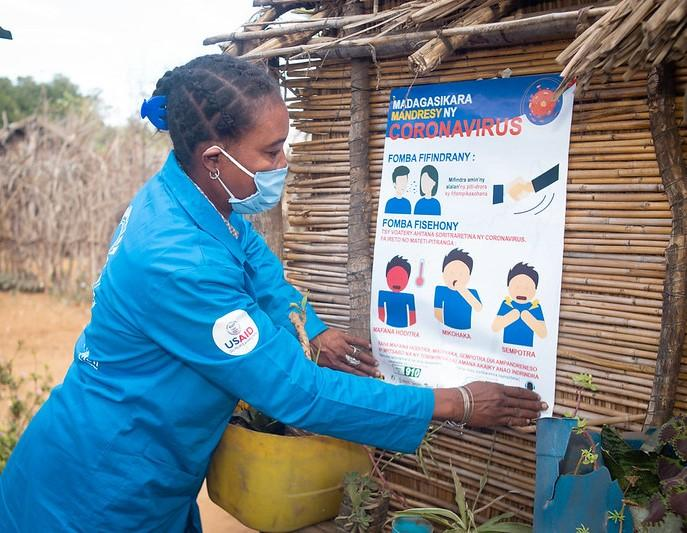A global meta-analysis published yesterday in the International Journal of Infectious Diseases estimates that the deadliest SARS-CoV-2 variant of concern (VOC) was Beta, followed by Gamma, Alpha, Delta, and Omicron, with variant-specific case-fatality rates (CFRs) ranging from 0.7% to 4.2%.
While the CFR for Omicron was lowest, a French study late last year revealed that it was still four time higher than for seasonal flu.
A team led by researchers from the Chinese Academy of Medical Sciences in Beijing reviewed 112 epidemiologic studies on COVID-19's CFR published from January 2020 to March 2023. They then used a random-effects model to calculate the pooled CFRs during periods dominated by the five VOCs.
Of the 112 studies, 31 were from Asia, 23 from Europe, 16 from Africa, 15 from North America, 15 from South America, and 12 from Oceania. The studies were cross-sectional (62), retrospective observational (36), cohort (10), and ecological (4).
"While most mutations have minimal impact, certain ones significantly affect SARS-CoV-2′s clinical and epidemiological characteristics, including increased transmissibility, pathogenicity, and reduced vaccine effectiveness," the study authors wrote. "These changes have profoundly shaped COVID-19 outbreaks, posing challenges for global epidemic prevention and control."
CFRs varied by continent
The wild-type virus had a CFR of 3.6%, with elevated rates in South America (5.5%), North America (4.8%), Asia (3.5%), and Europe (3.2%), while lower rates were seen in Africa (3.0%) and Oceania (1.8%).
The Alpha variant had a CFR of 2.6% (4.4% in Asia, 1.4% in Europe, and 2.7% in North America). CFRs during the Beta and Gamma periods were 4.2% and 3.6%, respectively. During Delta, the CFR was 2.0%, with rates in Africa, South America, North America, and Oceania of 3.5%, 2.8%, 2.5%, and 2.1%, respectively, while Asia (1.5%) and Europe (1.1%) had below-average rates.
The researchers noted that the CFRs in Europe and North America during the Alpha period were lower than those during the wild-type period, while the opposite was seen in Asia. "A credible explanation for this was that European and North American countries had better monitoring and testing capacity of cases in the early stages of the epidemic, especially higher availability of identifying severe cases which resulted in more deaths attributed to COVID-19," they wrote.
The CFR was lowest during the Omicron period (0.7%), with higher rates in Africa (1.7%) and Oceania (1.1%) and lower rates on other continents (less than 1%). By Omicron subvariant, CFRs were 1.0% for BA.1, 0.2% for BA.2, and 0.4% for BA.5.
Age, vaccination status influenced rates
The proportion of study participants older than 60 years and CFRs were positively correlated.
CFRs were 0.9%, 2.8%, and 4.7% in studies with a proportion of older participants of less than 10%, 10% to 20%, and over 20%, respectively. The pooled CFRs were 4.9%, 1.4%, and 0.6% for participants with a full vaccination rate below 30%, 30% to 60%, and over 60%, respectively.
Caution is warranted against direct comparisons due to disparities in elements like testing capabilities and the age distribution among cases.
The authors said the emergence of variants has primarily manifested as a progressive and sequential displacement of existing strains by those with greater transmissibility.
"Beyond the alterations caused by variants, factors contributing to this positive shift include ongoing improvements in vaccine accessibility, enhancements in infection control and preventive measures, advancements in medications and clinical treatments, and changes in public awareness and behaviors," they wrote. "Caution is warranted against direct comparisons due to disparities in elements like testing capabilities and the age distribution among cases."




















